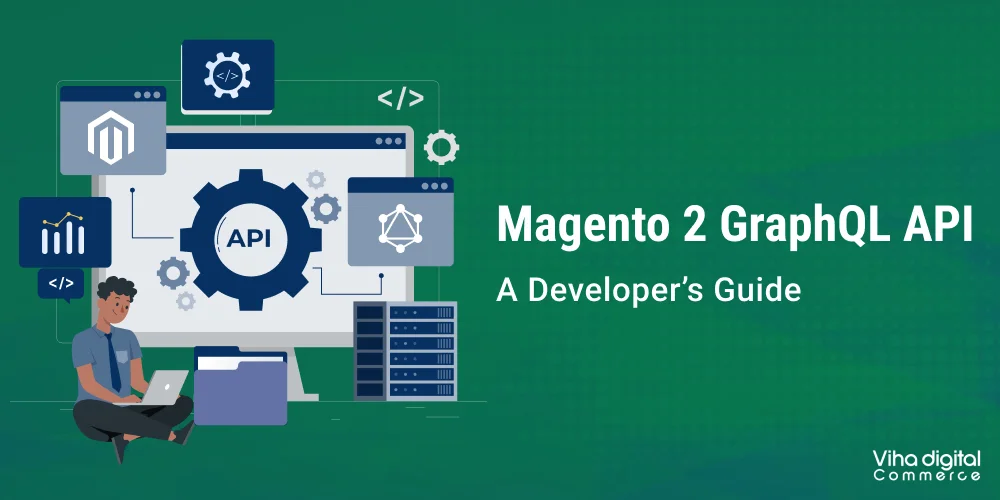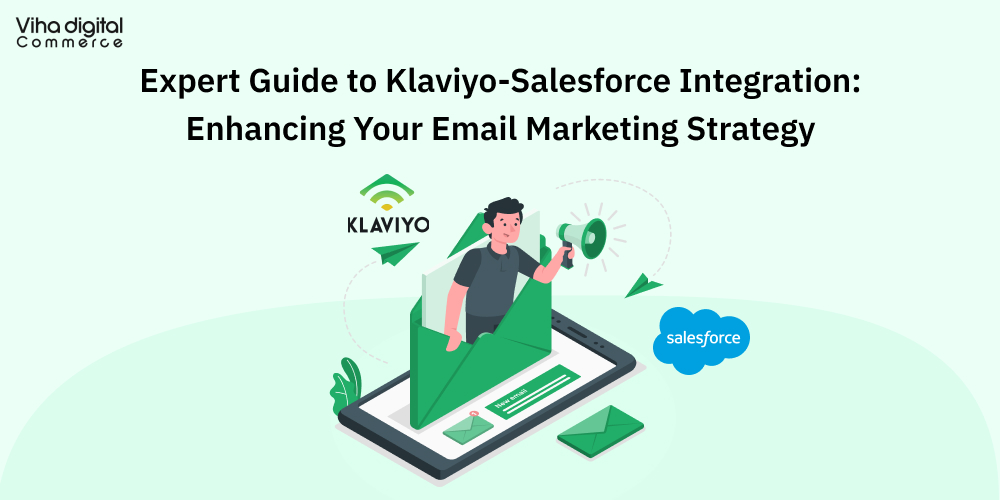Agentic Commerce Is Here: How Retailers Can Prepare for the New Shopping Era

Agentic Commerce Is Here: How Retailers Can Prepare for the New Shopping Era
In the fast-evolving world of retail, a seismic shift is underway. We’re moving beyond mere personalization and predictive analytics into a new frontier: agentic commerce.
This paradigm reimagines how shopping works by handing over more autonomy to AI agents that act on behalf of both consumers and businesses. For retailers, it’s not just an incremental upgrade—it’s a radical change that demands a fresh AI retail strategy.
What Is Agentic Commerce?
At its core, agentic commerce means that autonomous AI systems—AI agent platforms—handle entire shopping journeys. These agents don’t just recommend products. They reason, negotiate, and even transact on behalf of their human users.
Imagine telling an AI, “Find me a lightweight jacket under $120 for my trip to the Canadian Rockies,” and having the agent scan across multiple retailers, compare prices, check inventory, and place an order. That’s the power of agentic commerce.
This goes beyond generative AI in retail, where models create content or suggest items. Here, generative AI powers agents that can actually take action.
Read More: Generative AI : How Does It Impact Your Ecommerce Business?
Why Now? The Case for AI-Driven Shopping Experience
Consumer expectations are changing rapidly. Today’s shopper doesn’t want to be bogged down with manual search or repetitive steps—they want personalized shopping with AI.
As Google Cloud notes, traditional e-commerce is giving way to “a more responsive shopping experience” where agents proactively manage discovery, negotiation, and purchase.
Moreover, the infrastructure to support such experiences is maturing. Open protocols like the Agent-to-Agent (A2A) protocol and the Agent Payments Protocol (AP2) are being developed. These standards enable secure, interoperable communication between user agents and merchant agents, paving the way for a more autonomous, AI-driven shopping ecosystem.
What Agentic Commerce Means for Retailers
1. Consumer-to-Merchant (C2M) Agents
Here, the shopper’s personal agent interacts with merchant agents to fulfill a request. The agent understands their user’s style, budget, preferences and acts like a true personal shopper.
This enables a deeply AI-driven shopping experience—shoppers don’t just browse, their agents do the heavy lifting.
2. Merchant-to-Merchant (M2M) Agents
If a retailer doesn’t stock a particular item, its AI agent can reach out to other merchant agents to source the product, negotiate on price, and complete the transaction.
This is a game changer. Instead of losing a sale when inventory runs out, the retailer’s agent proactively collaborates across the network to fulfill consumer needs.
3. Real-Time Optimization
Agentic AI enables continuous, real-time optimization. According to Sendbird, agentic AI in retail can dynamically adjust pricing and promotions based on real-time signals: demand, inventory levels, competitor pricing, and customer behavior.
This means smarter pricing strategies, fewer markdowns, and better margins.
4. Seamless Omnichannel Experience
These agents don’t just live on one platform. They connect across websites, mobile apps, in-store kiosks—and even voice or image interfaces.
Imagine a customer asking their agent via voice assistant to reorder a favorite product, and the agent seamlessly handles the transaction across channels.
Strategic Benefits: Why Retailers Should Care
- Own the customer relationship: By deploying your own AI agent platform, you can create a branded, intelligent shopping experience that builds loyalty and trust. Your agent becomes the face of your brand in an increasingly automated world.
- Capture value beyond your shelf: If your agent can reach out to competitor agents in real time, you no longer lose sales just because an item isn’t in your inventory.
- Better operations, smarter demand: Agentic commerce pushes retailers to invest in structured, enriched product data and modern infrastructure (APIs, unified data stores) that fuel AI-driven interactions.
- Risk and trust management: New open protocols like AP2 are being built to secure agent-based payments, ensuring trust and accountability in autonomous transactions. Read more: Top 3 AI Tools to Boost Your B2B Sales Funnel Success
How Retailers Can Prepare: A Roadmap to Agentic Readiness
1. Enrich and Structure Your Data
To make your catalog “agent-ready,” you need clean, well-structured product data: metadata, images, and demand attributes. This forms your intelligent digital shelf—making it easier for agents to understand, compare, and recommend.
2. Build Agent-Ready Infrastructure
Your backend needs to support real-time, agent-driven interaction. That means robust APIs, unified data layers, and possibly integrating open protocols like A2A and AP2 to enable seamless, secure agent-to-agent communication.
3. Design Conversational Interfaces
AI agents aren’t just about backend intelligence—they need compelling front-end experiences too. Whether through chat, voice, images, or multimodal interfaces, retailers need to design conversation flows that feel natural, helpful, and trustworthy.
4. Embed Oversight and Controls
Autonomous agents are powerful, but trust is critical. Incorporate human-in-the-loop oversight, especially for high-value or high-risk decisions. This builds confidence and ensures responsible use of AI.
5. Partner for Agent Innovation
Work with AI platforms, cloud providers, and payment partners to build or adopt agents. For instance, Google Cloud offers a Conversational Commerce Agent via its Vertex AI platform.
Also, explore joining standardization efforts around agent protocols to future-proof your architecture.
6. Pilot and Iterate
Start with controlled pilot projects—maybe a loyalty-member shopping assistant, or a conversational chatbot on your app. Use these to gather user behavior, track agent performance, and refine your AI retail strategy before scaling.
Navigating the Challenges
While the opportunity is huge, agentic commerce is not without its challenges:
- Privacy & Trust: Users must be confident that their personal agents are acting in their best interests. Transparent consent models and clear data governance are key.
- Interoperability: Without common standards, agent-to-agent negotiation could become fragmented. Embracing open protocols like A2A and AP2 is critical.
- Talent & Skills: Building autonomous agents requires a mix of data engineering, AI/ML expertise, and product design. Retailers must invest in building cross-functional capabilities.
Regulation & Compliance: As agents negotiate, price, and transact, regulatory oversight may increase—especially around consumer protection, payments, and data usage.
Looking Ahead: The Future of AI-Driven Shopping
Agentic commerce promises a future where shopping is truly assistive, autonomous, and intelligent. Retailers who act now will gain a competitive edge by owning the end-to-end experience, not just the product catalog.
We’ll see agents negotiate deals in real time, negotiate transactions between merchants, and deliver frictionless checkout seamlessly. This isn’t science fiction—it’s already being built by companies like Google (with its Agent Development Kit) and PayPal (through its partnership leveraging agent-payment protocols).
Moreover, as generative AI in retail becomes more powerful, agents will not only transact, but also create: generating product descriptions, marketing content, and even designing personalized product bundles.
Conclusion
Agentic commerce is not a speculative concept—it’s here, and retailers who prepare thoughtfully stand to define the next era of AI-driven shopping experiences. By investing in AI in eCommerce, building agent-ready infrastructure, and embracing open protocols, you can position your brand as a leader in this new paradigm.
Viha Digital Commerce believes that the time to act is now. The future of retail will be shaped by agents that think, negotiate, and transact—and those who build for that future today will own the shelf of tomorrow.





